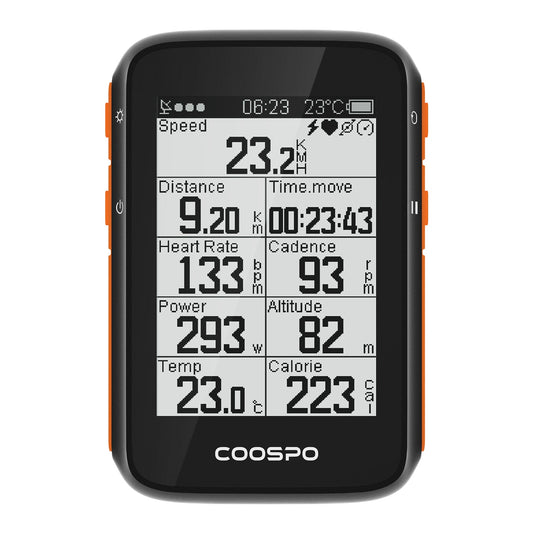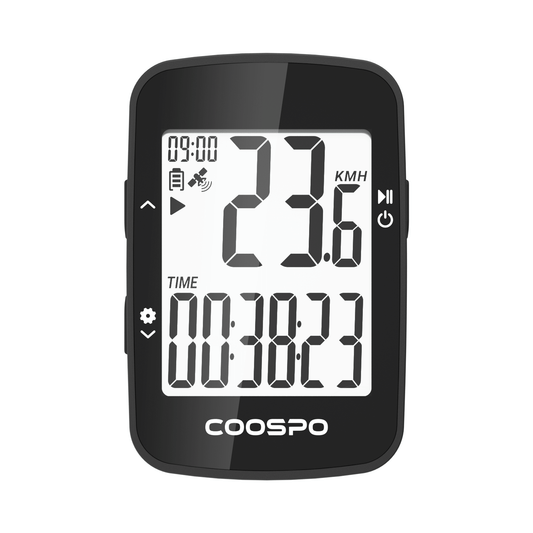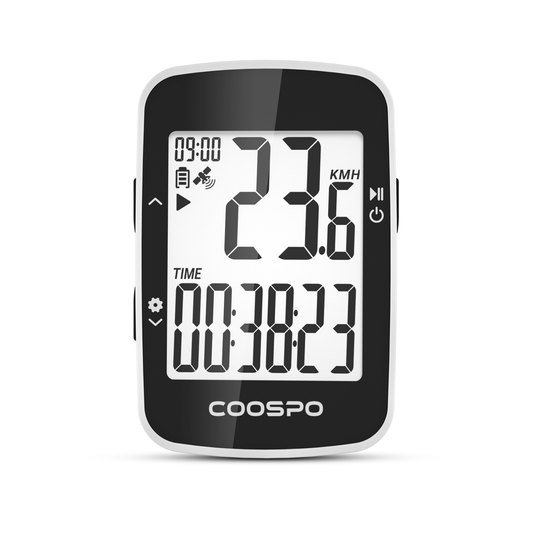Running to Lose Weight Program: A Comprehensive Guide
Jogging is widely recognized as a highly effective method for weight loss thanks to its accessibility, simplicity, and proven track record. Furthermore, it can assist in weight management post-achievement of your desired goals.
However, like any fitness regimen, running to lose weight requires a structured approach to yield optimal results. You need to go about it in the right way, to avoid risking injury and ensure that you find the exercise enjoyable, rather than a chore you’re likely to give up.
In this article, we will discuss a program designed to help people lose weight through running. It's important to remember that along with exercise, a healthy diet is essential for achieving weight loss goals. Even the best workout plan won't work if you're not eating well.
A heart rate monitor can give runners important information about their performance and help them improve their running experience. It's not necessary, but it can make your runs more enjoyable and help you understand how your body reacts to different levels of running. So, getting a good heart rate monitor is a smart choice for anyone looking to enhance their running journey.

RUNNING TO LOSE WEIGHT PROGRAM
Phase One: Building the Foundation
The initial stage of our running program is designed to build a strong foundation and progressively introduce the body to consistent physical activity.
Beginners should start their running routine with three 30-minute sessions each week. It is important to have a rest day in between running days to prevent injury. On the rest day, it's best to either relax or do some gentle activities like swimming, biking, or yoga.
In the initial stages of your workout sessions, it is advisable to refrain from immediately engaging in 30-minute running sessions. Instead, consider incorporating a combination of walking and running, or simply walking if necessary. It is essential to gradually build your endurance by walking comfortably for 30 minutes thrice a week before transitioning to running. With consistent practice, you can gradually increase the duration of your running intervals while reducing the time allocated for walking.

During this phase, it is imperative to maintain consistency in one's training regimen, adhering rigorously to the weekly running schedule in order to incrementally improve endurance and stamina.
Phase Two: Increasing Duration and Intensity
As you continue running, make sure to challenge yourself with longer and more intense workouts to keep getting better and stronger.
Once you have reached a level of running for 30 minutes per week without difficulty, you may consider gradually extending either the distance or duration of your runs, or focus on improving your speed.
In the phase two, participants are advised to add a longer run each week to their routine, along with two shorter 30-minute runs. This longer run helps improve endurance and heart health, which are important for losing weight through running.
Phase Three: Elevating Performance with Interval Training
Adding interval training to your running routine can help boost your fitness level and keep your weight loss on track. It prevents you from hitting a plateau in your progress and can take your running to the next level. With interval training, you'll continuously improve your fitness and see better results in your weight loss journey.
Adding intervals to your running routine can involve activities like sprinting, running up hills, or doing tempo runs.

Intervals are short bursts of running fast followed by a rest. For example, try running fast for 400m and then resting for three minutes. Do this three times to start and gradually increase the number of repetitions over several weeks. You can also do less structured intervals by running fast between landmarks like lamp posts and then walking between the next ones, or by running hard up a hill and then walking back down.
This type of interval training effectively elevates your heart rate compared to steady running at a constant pace, resulting in a higher calorie burn during your workout and aiding in sustained weight loss.
However, don’t get carried away with harder runs, because doing them too much will wear you down and increase your risk of injury. Any good running program will have a mixture of longer, slower runs and short fast intervals. Of thumb, around 80% of your training should be at an easy or moderate effort, and just 20% high intensity.
CAN RUNNING REALLY HELP YOU LOSE WEIGHT?
The issue of whether running can play a significant role in weight loss has been widely examined and debated among scientists. While outcomes may differ from person to person, the majority of research strongly indicates that incorporating running into a well-rounded diet and lifestyle can be a valuable strategy for managing weight.
In order to achieve weight loss, it is essential to maintain a caloric deficit by expending more calories than consumed. Incorporating running into your fitness routine can effectively boost energy expenditure; however, adjusting your calorie intake is equally important for successful weight loss. The correlation between dietary habits, physical activity, and weight management is intricately intertwined with various factors such as age, genetics, diet, and gender.
Eating well and eating enough are both crucial for staying healthy. Exercise like running can help you lose weight, but having a balanced diet is just as important. You can't rely on exercise alone to make up for a bad diet.

Nevertheless, it is important to understand that solely engaging in running is not a cure-all for shedding excess weight. To effectively achieve long-lasting results, it is crucial for individuals to supplement their running regimen with a balanced and wholesome diet, maintaining proper hydration levels, and ensuring adequate rest and recovery periods. Furthermore, integrating strength training into one's workout routine can play a significant role in developing lean muscle mass, ultimately leading to an elevated metabolism and improved fat-burning capabilities.
It's important to remember that just running alone is not enough to lose weight. To see lasting results, it's essential to combine running with a healthy diet, stay hydrated, get enough rest, and add strength training to your routine. Building muscle through strength training can boost your metabolism and help burn fat more effectively.









